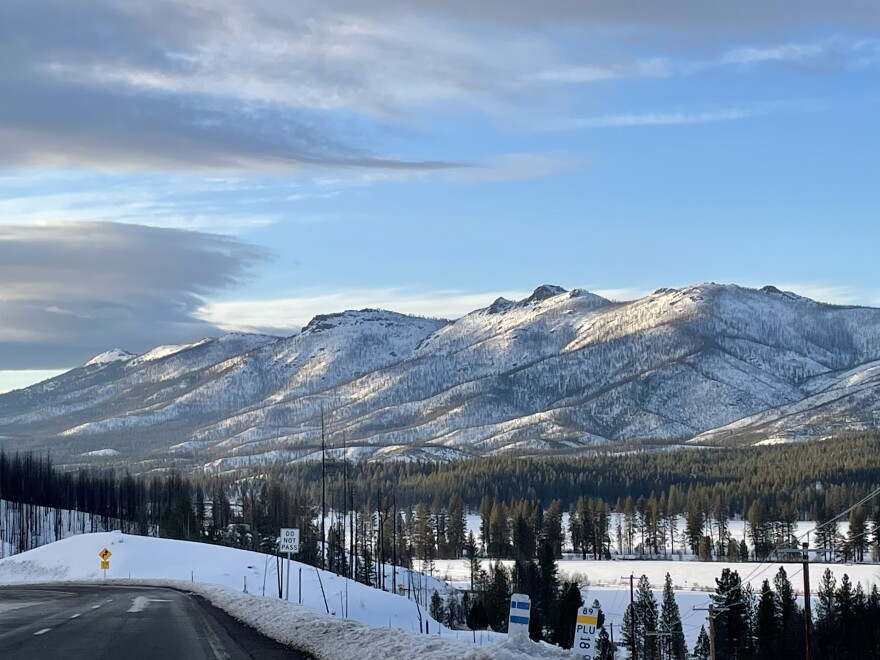This winter has brought towering snow banks, extended power outages, hail and now flooding to the North State. For the town of Greenville, recent storms hampered an already slow rebuilding process.
Ken Donnell, a community organizer in Greenville, said the town has been struggling to rebuild for a number of reasons. Remote location, a lack of builders and contractors, an absence of funding and a lack of experienced disaster assistance workers are chief among them.
The Dixie Fire wasn’t the only climate change-related extreme weather event Greenville residents had to deal with over the last few years.
This winter has been severe, Donnell said, bringing a level of snow that the community hasn’t had for over a decade.
“On top of all of the other struggles that Greenville is having right now, dealing with this level of snow has just piled it higher and deeper,” he said.

Donnell said winter storms have added a layer of anxiety for residents on top of frustration over the slow pace of rebuilding. The bitter winter has also exacerbated mental health issues in the fire survivor community. Isolation caused by snowstorms, Donnell said, is one cause.
“Cabin fever can set in on top of disaster fever, on top of whatever other kinds of economic fevers that we have to deal with,” he said. “Because Plumas County and Greenville are very severely economically challenged.”
Donnell said residents in the region struggled with mental health before the fire, likely due to poverty. But losing so much of the town after the fire has made these issues worse.
Additionally, Donnell said, mental health resources brought into the area are not usually targeted to rural, mountainous communities like theirs and are not as relevant to fire survivors’ experiences. Donnell gave the example of telehealth services.
“Everybody assumes that everybody has a computer and is computer literate, or has internet. A lot of people just don't have internet up there in that area,” he said. “Or if they do, it's a very, very poor, low-quality internet.”

Donnell said the lack of targeted mental health resources frustrates fire survivors and added that it’s already hard for survivors to address mental health issues because of a stigma against asking for help. That’s common, he said, in a culture where people value their resilience.
Despite the many hardships this winter has brought this recovering town, Donnell said the community is resilient. Neighbors accustomed to Greenville’s once frequent winter storms are using their experience to help newer arrivals brave power outages and shelter in place.


